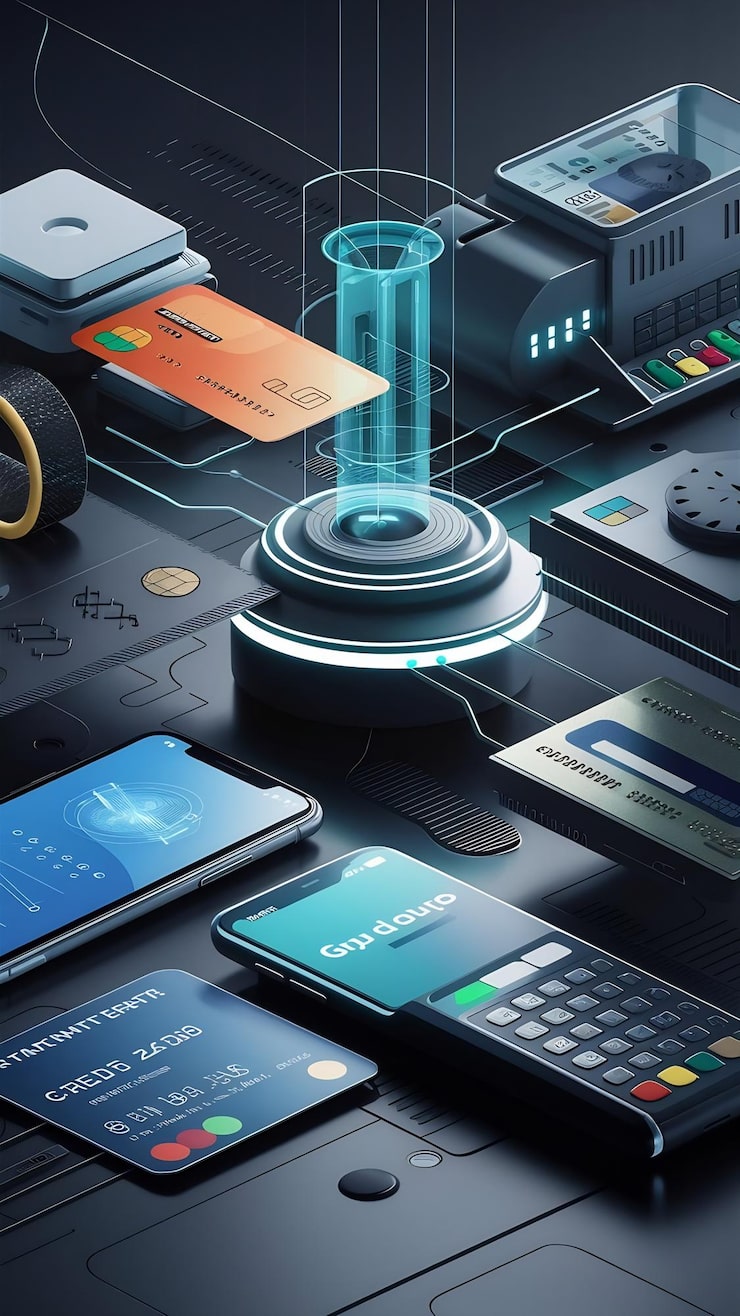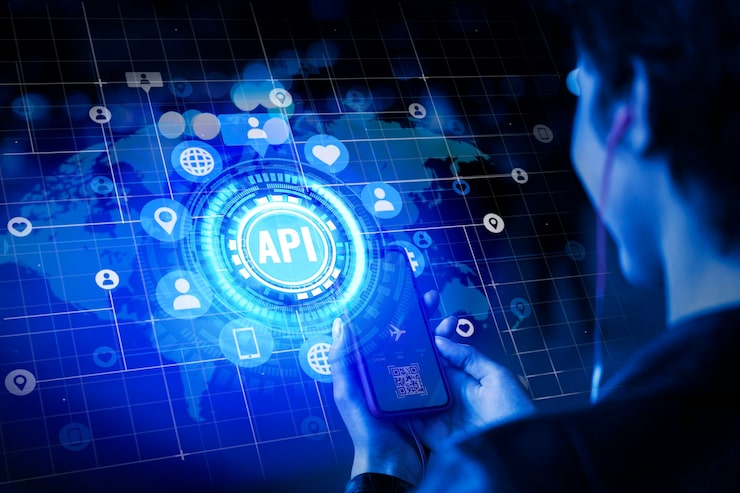The financial world is evolving fast, and artificial intelligence (AI) is at the heart of that change. From detecting fraud to personalizing customer experiences, AI payment processing has become one of the most transformative forces in fintech.
By 2025, digital transactions are faster, safer, and more intelligent — all thanks to AI-powered algorithms that learn, predict, and adapt in real time.
1. Smarter Fraud Detection and Prevention
One of the biggest advantages of AI in payment processing is its ability to spot fraudulent behavior instantly. Traditional systems rely on static rules, but AI uses machine learning to analyze millions of data points and detect unusual patterns.
For example, if a purchase seems suspicious — like an unusual location or amount — AI can flag, block, or verify the transaction automatically, saving both businesses and customers from potential loss.
Highlight: AI reduces false positives by learning from every transaction, making fraud detection faster and more accurate.

2. Real-Time Payment Approvals
AI streamlines the authorization process, allowing transactions to be approved or declined within milliseconds. Instead of manual reviews, algorithms evaluate payment data in real time.
This leads to faster checkout times, improved customer satisfaction, and lower chargeback rates. Payment gateways like Stripe, Adyen, and Mastercard’s Decision Intelligence already use AI to boost transaction efficiency.
3. Personalized Customer Experience
AI doesn’t just make payments smarter — it makes them personal. By analyzing purchase behavior, AI can recommend payment plans, loyalty rewards, or financing options suited to individual users.
Businesses are now using AI-driven insights to build stronger relationships and improve customer retention, especially in eCommerce and digital banking.
4. Predictive Analytics for Financial Decisions
Payment processors use predictive analytics to forecast trends, detect risks, and optimize pricing models. AI evaluates large-scale transaction data to help businesses understand customer spending behavior and identify opportunities for growth.
Example: Fintech firms can use AI to predict peak transaction periods or detect anomalies before they cause disruption.
5. Streamlined Back-End Operations
AI automates repetitive tasks such as reconciliation, invoice matching, and error detection, reducing human effort and processing time.
By 2025, many payment systems are leveraging AI chatbots and automated workflows to handle disputes and customer queries — improving operational efficiency while cutting costs.
6. Enhancing Security with Biometrics
AI is also powering biometric verification — from facial recognition to fingerprint scans. These tools make transactions not just faster but also nearly impossible to fake.
AI-based authentication adds an extra layer of protection against cybercrime while giving users a seamless experience across devices.
7. The Future of AI in Payment Systems
Looking ahead, AI in payments will go beyond processing and move toward financial prediction and automation. Systems will soon manage smart contracts, autonomous billing, and instant cross-border payments powered by AI-driven blockchain tools.
The future promises smarter, self-learning systems that make payment processing faster, safer, and more transparent for everyone.

Conclusion
AI payment processing is revolutionizing the way the world moves money. It’s not just about faster approvals or fraud detection — it’s about building a trust-driven, data-powered financial ecosystem.
As businesses embrace AI innovation, those who adapt early will lead the next wave of financial transformation — where technology and trust go hand in hand.


